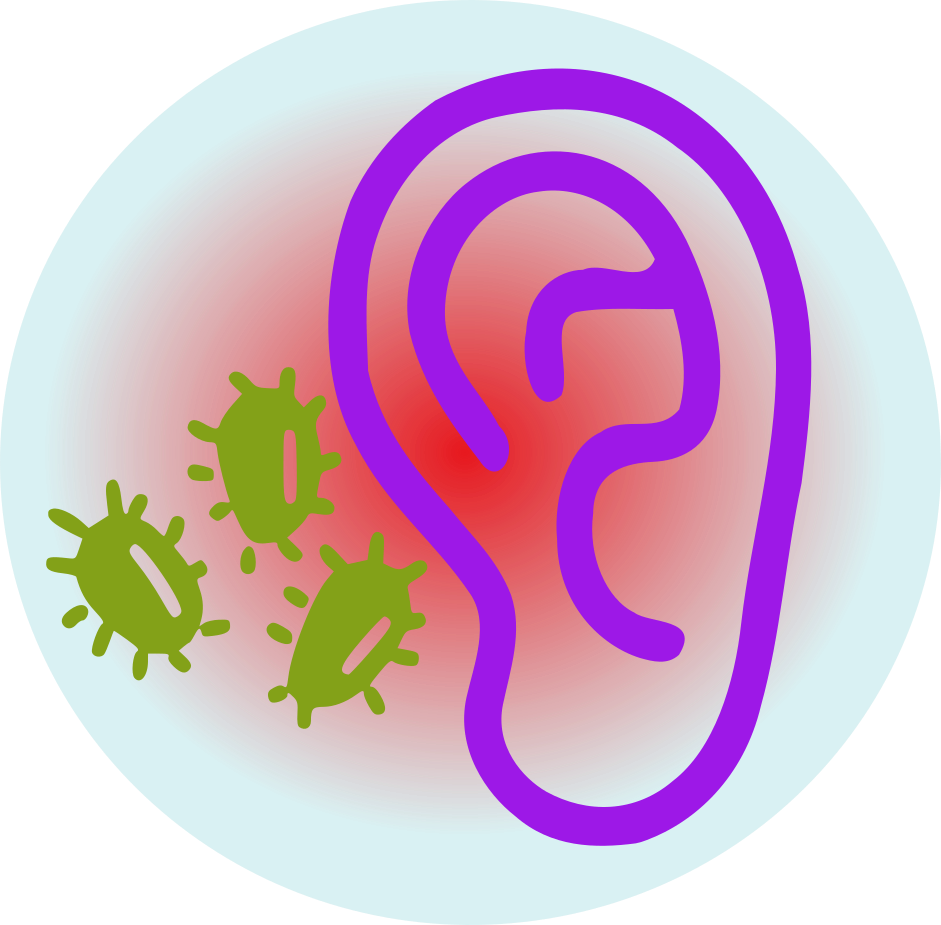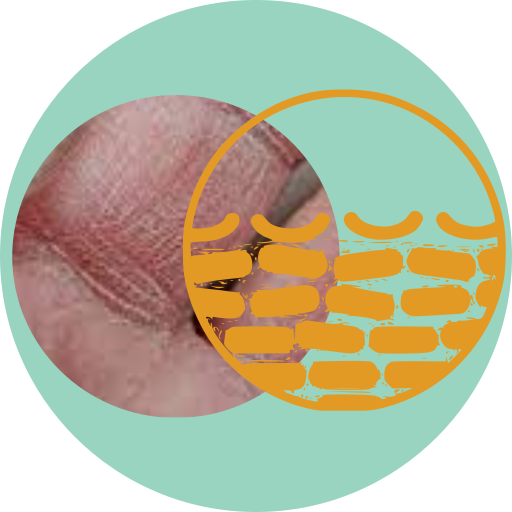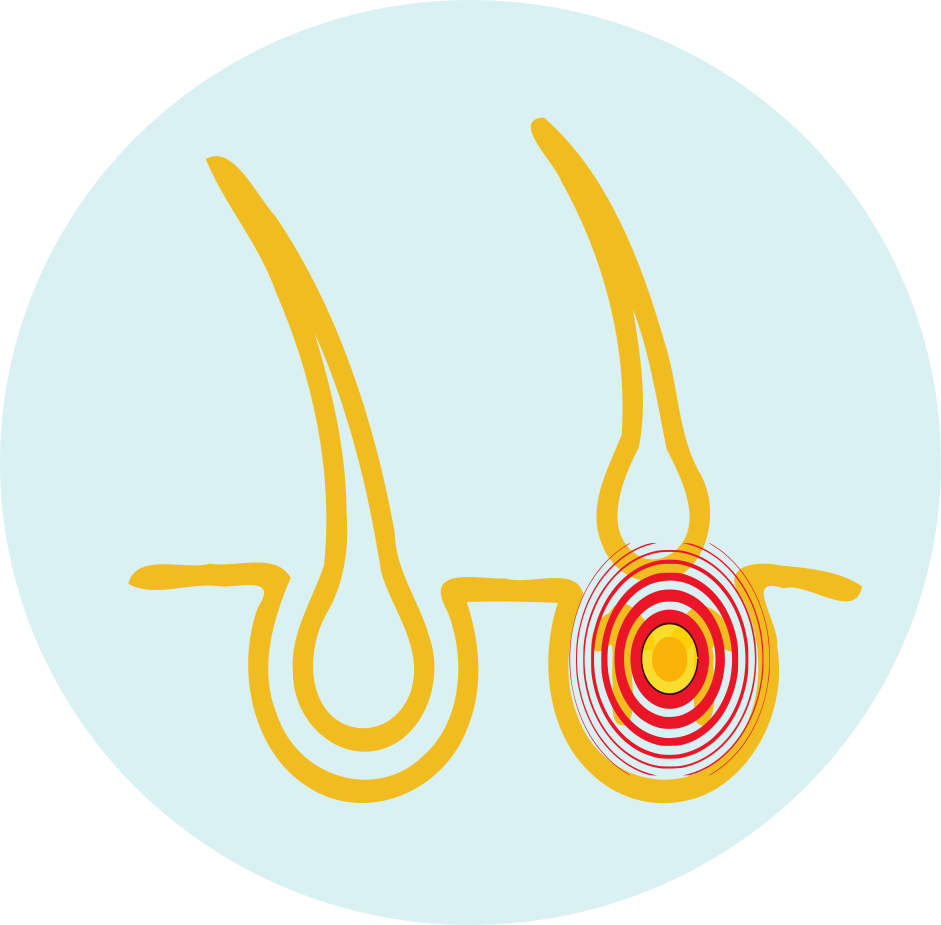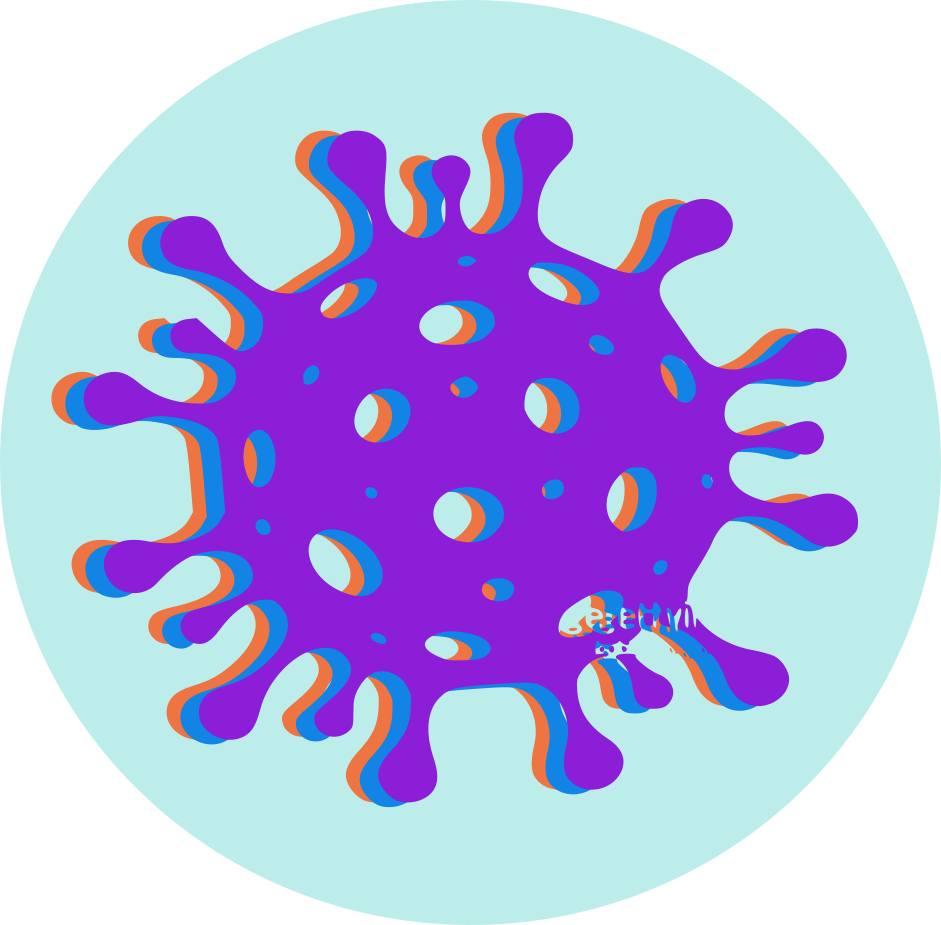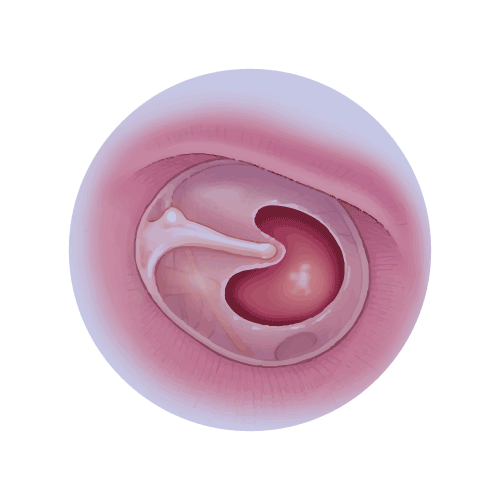| Name | Flumetasone Pivalate |
| Classes |
Analgesic / Pain Killer Central Nervous System Agent Dermatological/Topical Agent Steroid |
| Diseases |
Dermatitis Diaper Rash Eczema Psoriasis Skin Disorder |
Flumetasone Pivalate
Flumetasone pivalate is a synthetic corticosteroid. Flumetasone pivalate exerts anti-inflammatory, antipruritic (anti-itch), and vasoconstrictive actions. It acts by binding to cytoplasmic receptors and inhibiting the synthesis of inflammatory mediators, such as prostaglandins and leukotrienes.
- Flumetasone Pivalate is indicated in Inflammatory conditions of the external ear where a secondary infection is suspected.
- Otorrhoea.
- Instill 2 or 3 drops twice daily directly into the auditory canal of the affected ear. Treatment should be limited to 7-10 days.
- If there is little improvement after 7 days treatment with this medicine, appropriate microbiological investigations should be carried out and local or systemic antibiotic treatment given.
The following side effects may occur with the use of Flumetasone Pivalate-
- Skin irritation, burning, or itching at the site of application.
- Skin dryness or redness.
- Folliculitis (inflammation of hair follicles).
- Acne or steroid rosacea (persistent redness, flushing, and small blood vessels on the face).
- Hypopigmentation or hyperpigmentation (lightening or darkening of the skin).
- Allergic contact dermatitis (rare).
- Long-term use: Prolonged use of topical corticosteroids, including flumetasone pivalate, should be avoided as it may lead to skin atrophy, striae, and other local and systemic effects.
- Hypersensitivity reactions: If signs of hypersensitivity or allergic reactions occur, treatment should be discontinued and appropriate therapy initiated.
- Avoid contact with eyes: Flumetasone pivalate should not come into contact with the eyes. If accidental eye exposure occurs, the eyes should be rinsed thoroughly with water.
- Use in children: The safety and efficacy of flumetasone pivalate in pediatric patients have not been established. It should be used with caution in this population.
- Systemic absorption: Topical corticosteroids may be absorbed into the bloodstream, particularly if applied to large areas of the body or under occlusive dressings. This can lead to systemic effects and adrenal suppression, especially in vulnerable individuals such as infants and children.
Contraindication
Hypersensitivity to the active substances or to any of the excipients.
None known.
- Primary bacterial, viral or fungal infections of the outer ear.
- Perforation of the tympanic membrane.
- Use in children below the age of two years.
|
|
 Bangla
Bangla English
English